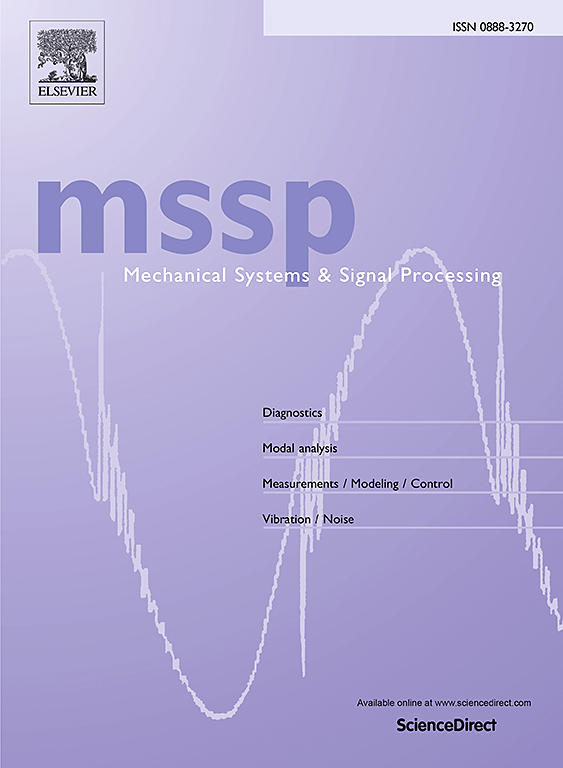基于机制-数据融合的多传感器工具磨损监测方法
IF 8.9
1区 工程技术
Q1 ENGINEERING, MECHANICAL
引用次数: 0
摘要
在工业制造场景中,刀具磨损直接影响产品质量、生产效率和机器可靠性。然而,传统的工具状态监测(TCM)解决方案依赖于侵入式、昂贵的传感器和复杂的配置,阻碍了它们的部署。本研究提出了一个创新的、面向行业的多传感器中医框架,该框架将基于机制的建模与数据驱动的智能相结合。针对紧凑型数控车床,开发了一种结合主轴功率和振动信号的低成本、非侵入式传感系统。从功率信号中导出的切削力系数kc作为一个物理可解释的指标,能够识别在不同加工条件下严重刀具磨损的开始。该系数通过注意机制增强的门控循环单元(GRU)网络与基于振动的统计特征融合,形成实时刀具磨损估计的混合模型。在实际工业环境中的大量实验验证了该方法的鲁棒性和可扩展性。与传统方法相比,所提出的机制-数据融合模型提高了可解释性,提高了预测精度,并且能够在成本敏感的生产线上部署。这项研究为工业场景的智能、可解释和可部署的TCM系统提供了一条新的途径。本文章由计算机程序翻译,如有差异,请以英文原文为准。
A multi-sensor tool wear monitoring method based on mechanism-data fusion for industrial scenario
In industrial manufacturing scenarios, tool wear directly impacts product quality, production efficiency, and machine reliability. However, the deployment of traditional tool condition monitoring (TCM) solutions is hindered by their reliance on invasive, costly sensors and complex configurations. This study presents an innovative, industry-oriented multi-sensor TCM framework that integrates mechanism-based modeling with data-driven intelligence. A low-cost, non-invasive sensing system is developed for compact CNC lathes, combining spindle power and vibration signals. A cutting force coefficient kc derived from power signals is introduced as a physically interpretable indicator, capable of identifying the onset of severe tool wear under varying machining conditions. This coefficient is fused with vibration-based statistical features through a gated recurrent unit (GRU) network enhanced by attention mechanisms, forming a hybrid model for real-time tool wear estimation. Extensive experiments in realistic industrial settings validate the method’s robustness and scalability. Compared to conventional approaches, the proposed mechanism-data fusion model improves interpretability, enhances prediction accuracy, and enables deployment in cost-sensitive production lines. This research provides a novel pathway toward intelligent, explainable, and deployable TCM systems for industrial scenarios.
求助全文
通过发布文献求助,成功后即可免费获取论文全文。
去求助
来源期刊

Mechanical Systems and Signal Processing
工程技术-工程:机械
CiteScore
14.80
自引率
13.10%
发文量
1183
审稿时长
5.4 months
期刊介绍:
Journal Name: Mechanical Systems and Signal Processing (MSSP)
Interdisciplinary Focus:
Mechanical, Aerospace, and Civil Engineering
Purpose:Reporting scientific advancements of the highest quality
Arising from new techniques in sensing, instrumentation, signal processing, modelling, and control of dynamic systems
 求助内容:
求助内容: 应助结果提醒方式:
应助结果提醒方式:


